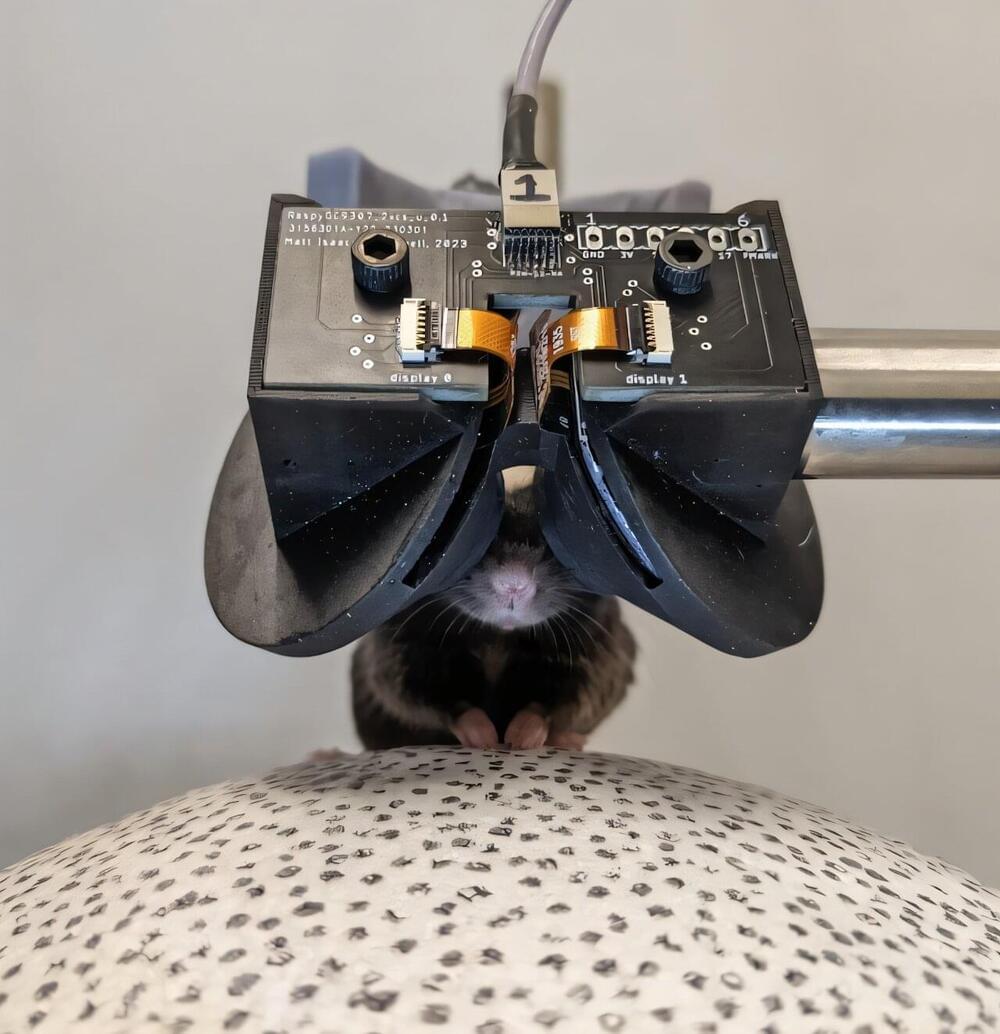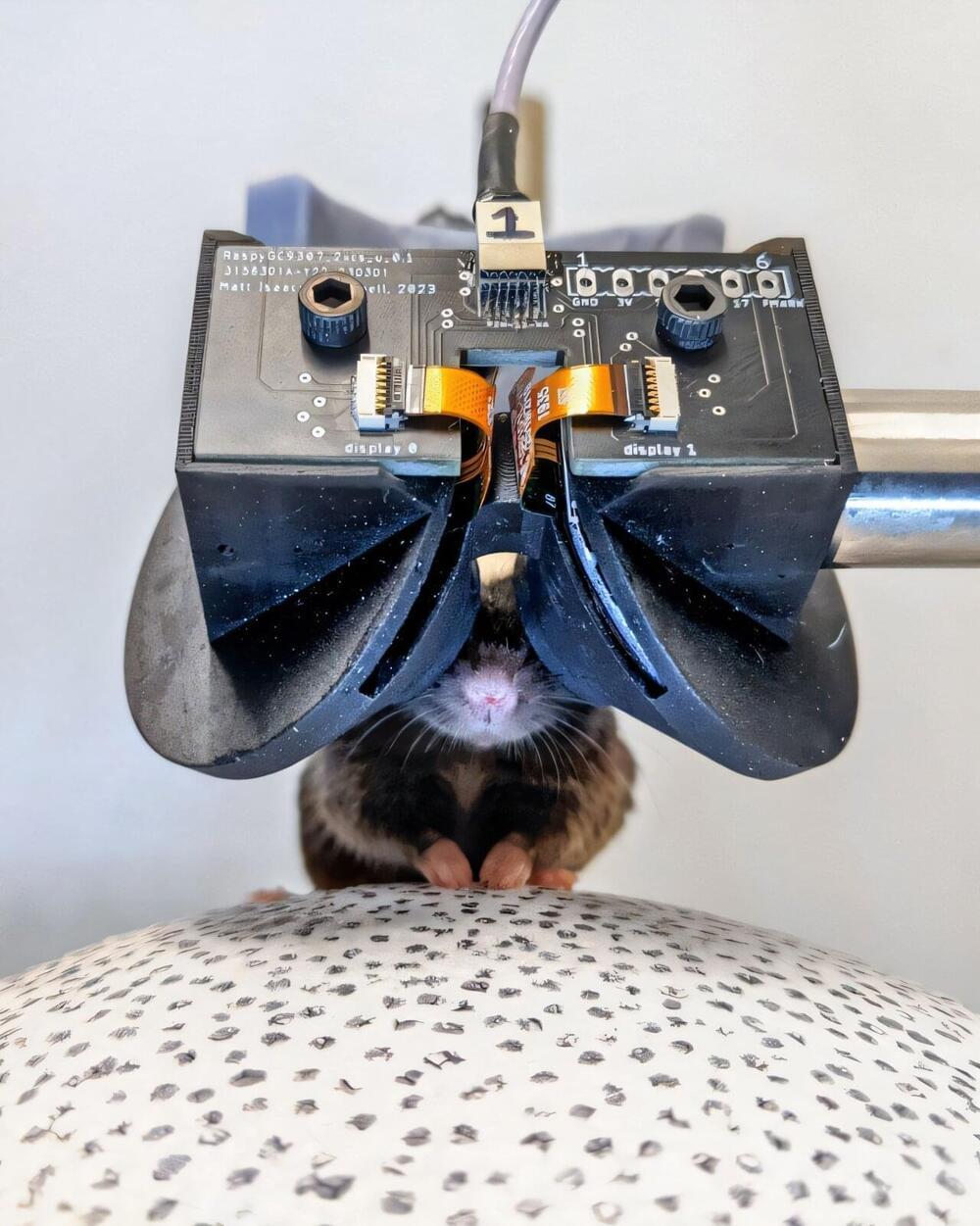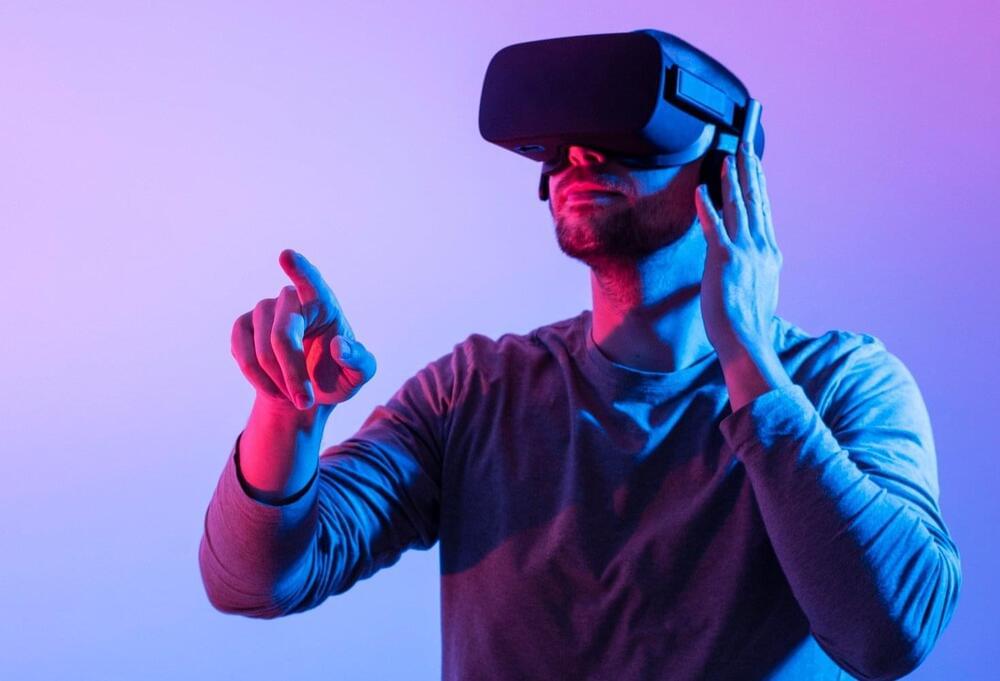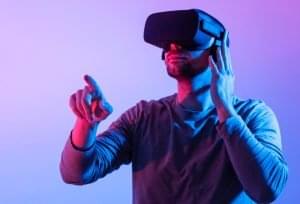A research team at POSTECH has developed a novel multidimensional sampling theory to overcome the limitations of flat optics. Their study not only identifies the constraints of conventional sampling theories in metasurface design but also presents an innovative anti-aliasing strategy that significantly enhances optical performance. Their findings were published in Nature Communications.
Flat optics is a cutting-edge technology that manipulates light at the nanoscale by patterning ultra-thin surfaces with nanostructures. Unlike traditional optical systems that rely on bulky lenses and mirrors, flat optics enables ultra-compact, high-performance optical devices. This innovation is particularly crucial in miniaturizing smartphone cameras (reducing the “camera bump”) and advancing AR/VR technologies.
Metasurfaces, one of the most promising applications of flat optics, rely on hundreds of millions of nanostructures to precisely sample and control the phase distribution of light. Sampling, in this context, refers to the process of converting analog optical signals into discrete data points—similar to how the human brain processes visual information by rapidly capturing multiple images per second to create continuous motion perception.







